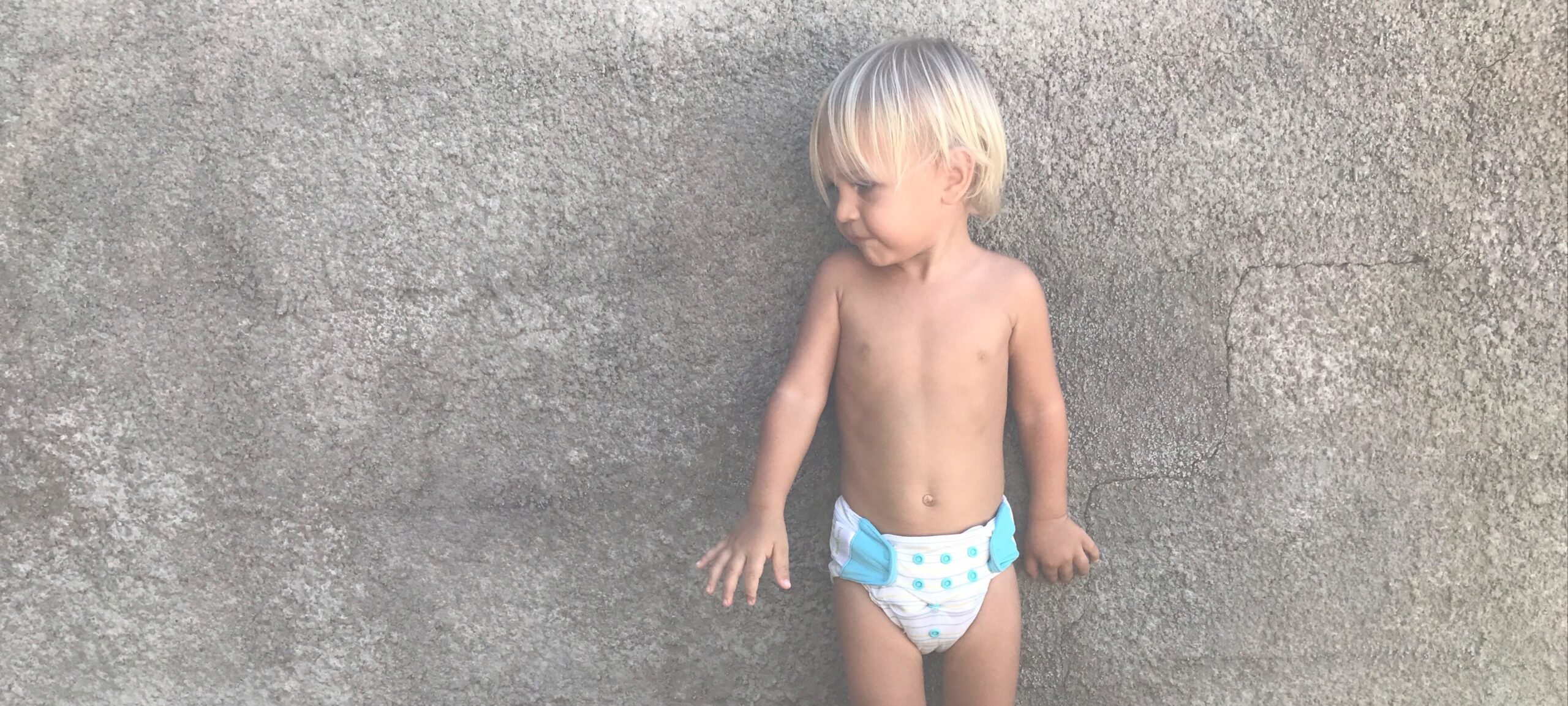
In This Article
You’ve got your potty, you’ve got your fun motivational undies, you’ve got your sticker chart — but do you have your pull-up diapers? Actually, a better question may be: Do you even need pull-ups diapers for potty training?
In the world of potty training, using pull-ups is somewhat divisive, with some experts thinking they’re a perfectly fine middle ground between diapers and undies, and others thinking it’s best to skip them altogether. Deciding to use pull-ups for potty training is a personal choice, but it’s important to remember that no matter what you decide to do, there’s no one-size-fits-all when it comes to this milestone.
“Toilet training is an extremely individualized process and using diapers or pull-ups during it is not a failure,” says Dr. Katherine Hoops, a pediatric critical care physician at Johns Hopkins. “Training pants can be used as a transition from diapers to underwear as children take over the toileting process. For some kids, this can relieve some of the anxiety of accidents and improve their self-esteem.”
**When should I start potty training? **
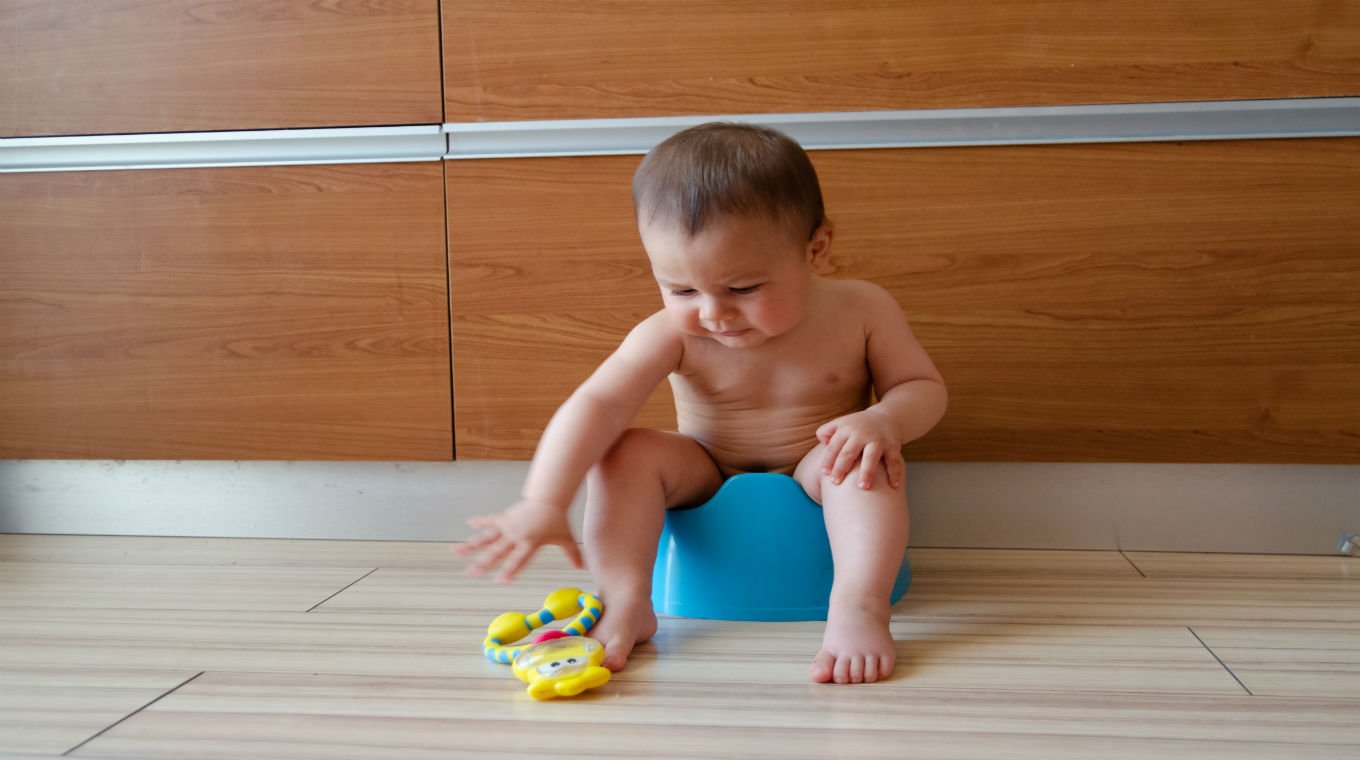
The American Academy of Pediatrics generally doesn’t recommend potty training before 2, but there are a number of things to take into account besides your child’s age. According to Allison Jandu, a potty training consultant and author of The Poop Puzzle: What To Do If Your Child Will Not Poop on the Potty, some signs to look for that it’s time to start potty training are as follows:
· Staying dry for periods of two hours or more
· Staying dry for naps and/or overnight
· Removing his diaper when it is wet or dirty
· Telling you when he has gone or is going in his diaper
· A general interest in the bathroom, such as wanting to flush or sit on the toilet
“It can be one or all of these things, or anything in-between, but the main thing to consider before starting potty training is if YOU are ready,” Jandu says. “By preparing and getting yourself in the right frame of mind, you are setting yourself up for a more pleasant experience.”
Pull-ups vs. underwear
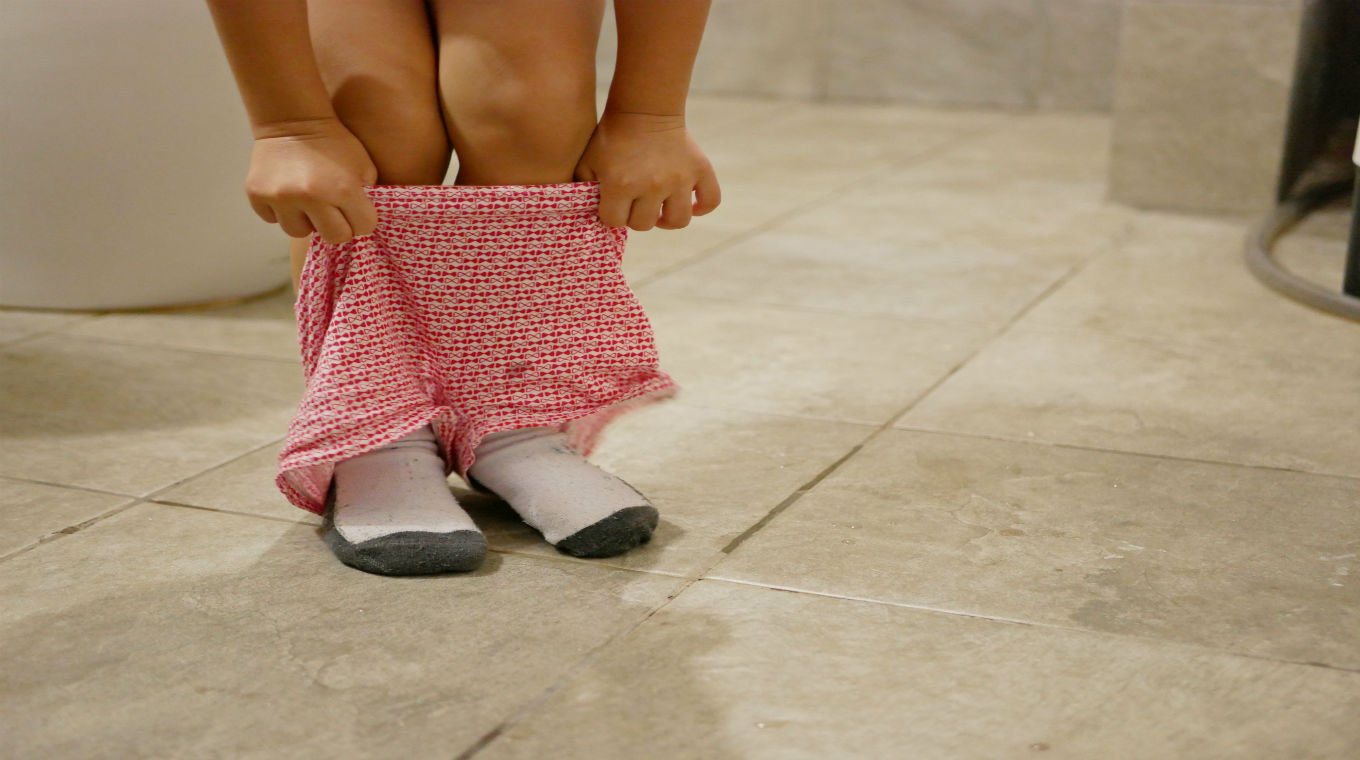
Many experts recommend switching to undies while potty training because, in addition to the gray area pull-ups can create for your child, wet underwear is much more uncomfortable than a wet pull-up — so the former can be motivating.
“Switching from diapers to pull-ups can happen right away in the potty training process, as long as the size fits the child,” says Adriana Vermillion, a potty training consultant and author of I Can Potty 123. “But my suggestion is to go all in from the get-go and switch from diapers to underwear immediately.”
If you don’t think your child is ready to wear underwear all the time, he may not quite be ready for potty training yet, in which case, pull-ups can be a good starting point. Pull-ups can also be helpful for kids who go to daycare, where they have the option to use the bathroom on their own.
**Potty-training tips **
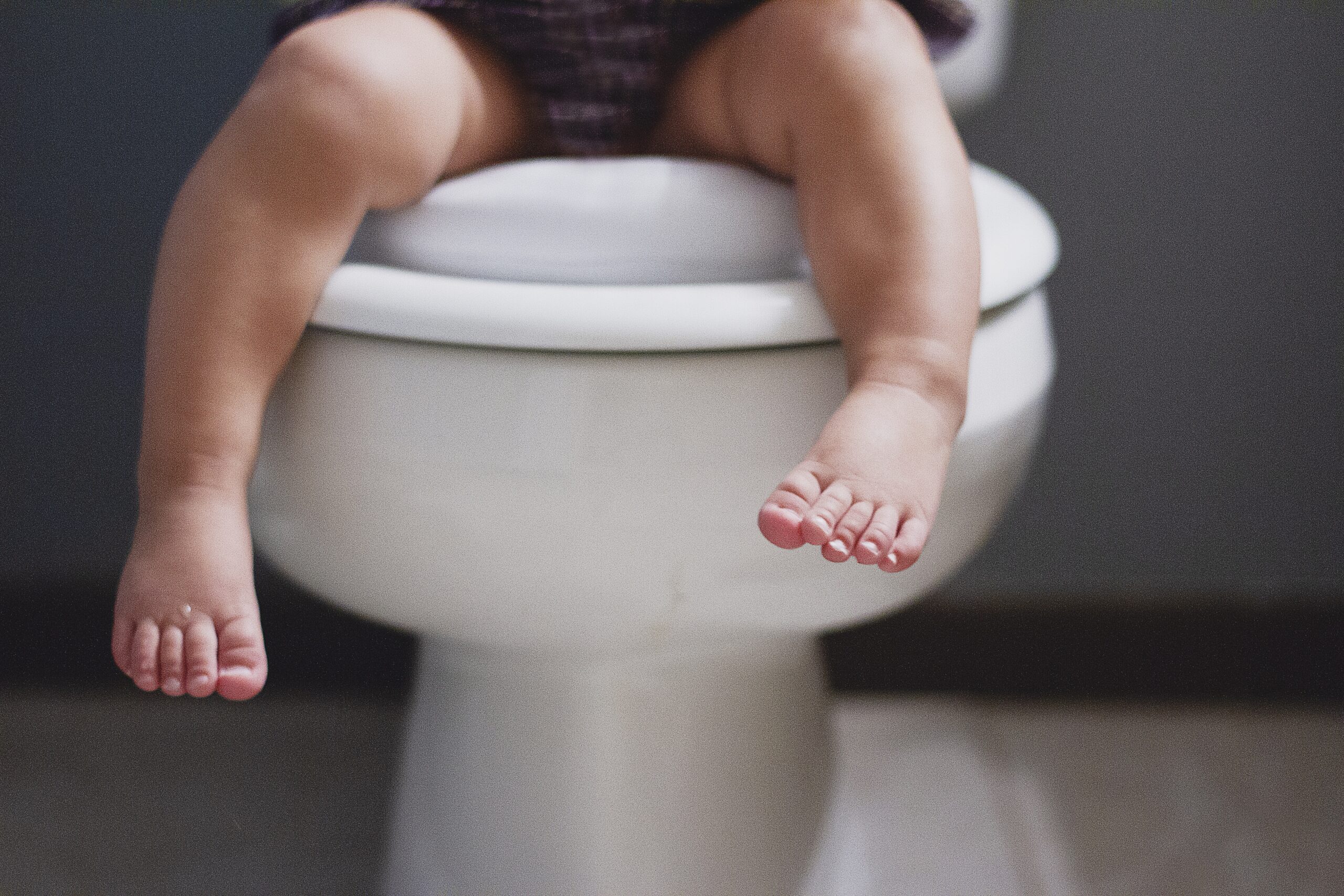
One of the biggest keys to potty training success is taking it on when you and your child are both ready. That said, here are a few more potty training tips:
Demonstrate: Kids are visual creatures and they’ll get the concept of potty training much faster if you bring them to the bathroom and show them what to do, instead of just telling them.
Ditch the clothes: When you’re first starting out with potty training, you may want your child to go sans clothes for a few days, so they’re acutely aware of their bodily functions.
Use potty-training-friendly clothes: Fussy clothes with too many snaps and zippers are best left for when your little one is in diapers. Using the potty is enough for your toddler, don’t add pressure by making his clothing confusing.
Use rewards wisely: “In the very beginning, a sticker chart for each potty visit is fine since it encourages the child to get up and go,” Vermillion says. “However, once your child is getting the hang of things, it’s better to switch to hugs and smiles, since using the bathroom is part of life rather than a reward-driven activity.”
**How to deal with potty-training accidents **
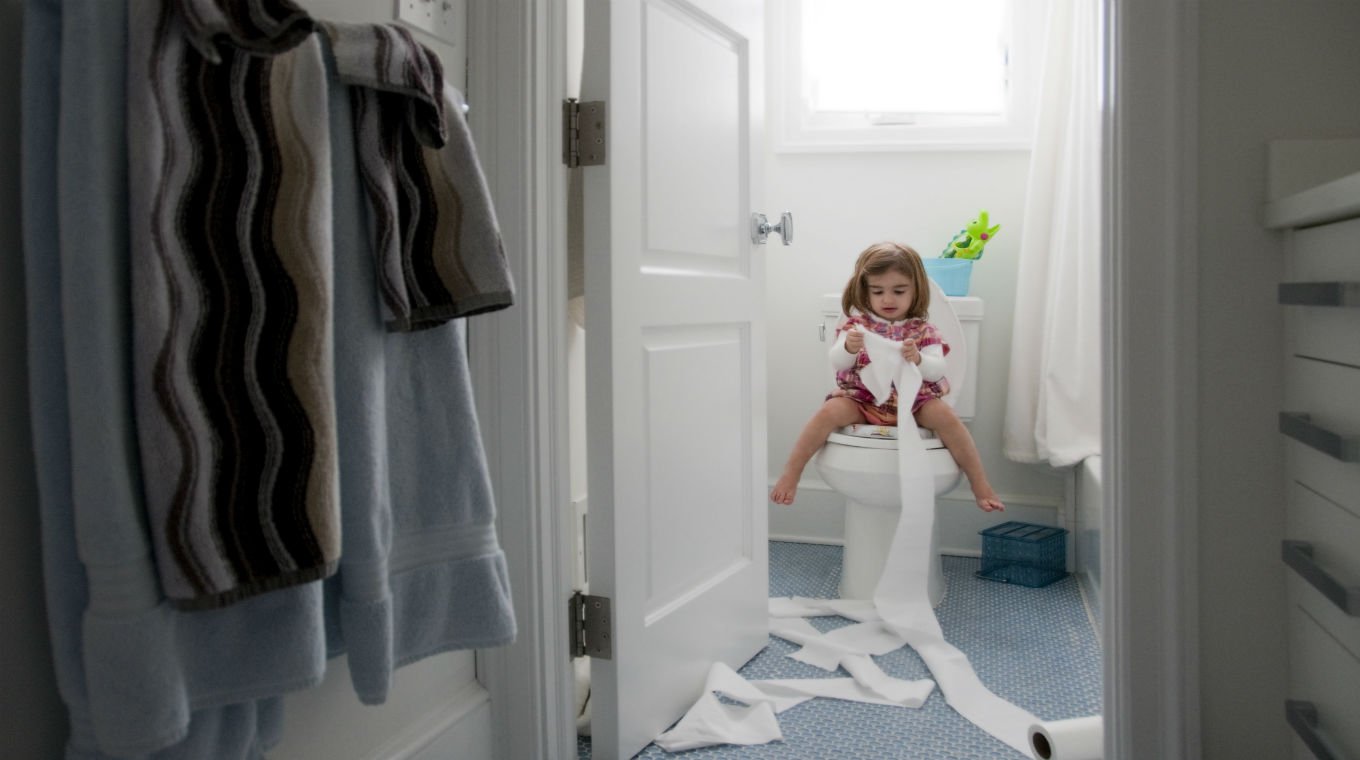
The most important thing to do when potty-training accidents happen is to keep an even keel.
“The best way to handle an accident when potty training is by taking a deep breath and calmly saying, ‘Oops, accidents happen. Let's go sit on the potty quick and then change,’” Vermillion notes. “Having an attitude of gratitude that your child is really trying goes a long way, as does having a simple go-to routine for accidents.”
Vermillion recommends acknowledging accidents without emotion, encouraging your child to sit on the toilet, changing clothes — and then washing hands before moving on to another activity.




